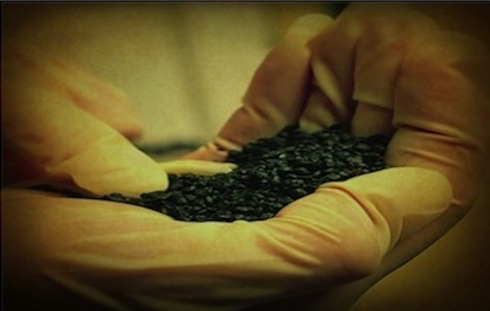Bio-Char
wonder-product
Bio-Char
The Helio Rector Unit (HRU) with 'Low Temperature Natural Extraction’ (LTNE) technology provides a new revolutionary product for the sludge, municipal solid waste and other waste organics market. Unlike most other processes the technology offers significant resource recovery options.
Bio-Char is one of the major resources produced by the HRU.
There is a global impact of bio-char on soil ‘Nitrogen Cycling’.
Bio-char is growing in acceptance as a ‘wonder-product’ within the farming and scientific communities. It’s unique porous structure has many beneficial advantages in rejuvenating soil and interaction with fertilisers. Bio-char’s unique structure has many advantages within the agricultural sector.
Helio Planet’s processes match equipment capability, type of input waste feedstock to achieve maximum ‘goodness’ retention from the bio-char.
New scientific research is unveiling new and wonderful applications for the utilisation of bio-char in our daily lives.
Currently there are numerous scientific studies that combine biological, geological and chemical facilities as a single biogeochemical unit to discover an ‘Integrated Biological System’ (Glaser et al, 2000). The pyrolysation of waste to produce bio-char is the fundamental building block of all such activities. This scientific focus has identified four main ares of integration within biological and commercial systems:
- Climate change mitigation
Bio-char’s carbon sequestration properties activates ‘Carbon Negative’ agriculture - Sustainable intensification of agriculture
Amazon Dark Earth (ADE) (the Amazonian Terra Pretta soils) act as the model for present-day agriculture - Bioremediation
Bio-Char’s filtration and microbial habitation properties are utilised to remove toxins from soil - Product research
A multitude of new product innovation is continually emerging
Other uses for Bio-Char, within the building materials sector, are asphalt, concrete, ceramics, aggregate/slag and cement. Bio-Char is considered a ‘Green’ alternative to coal for firing boilers, kilns, incinerators and other direct combustion devices offsite. It is also an absorbent, as an alternative to activated carbon, in filters and other clean-up systems. In many cases it can be used as a reductant (as well as a fuel) in metallurgical processes.
The value of bio-char is significantly increased as you move up the food chain.
There are currently over 50 applications for bio-char. New scientific developments include usage within the semiconductor and battery sectors. The pricing for bio-char within these applications is significantly greater
View Portfolio
![]()
![]()


